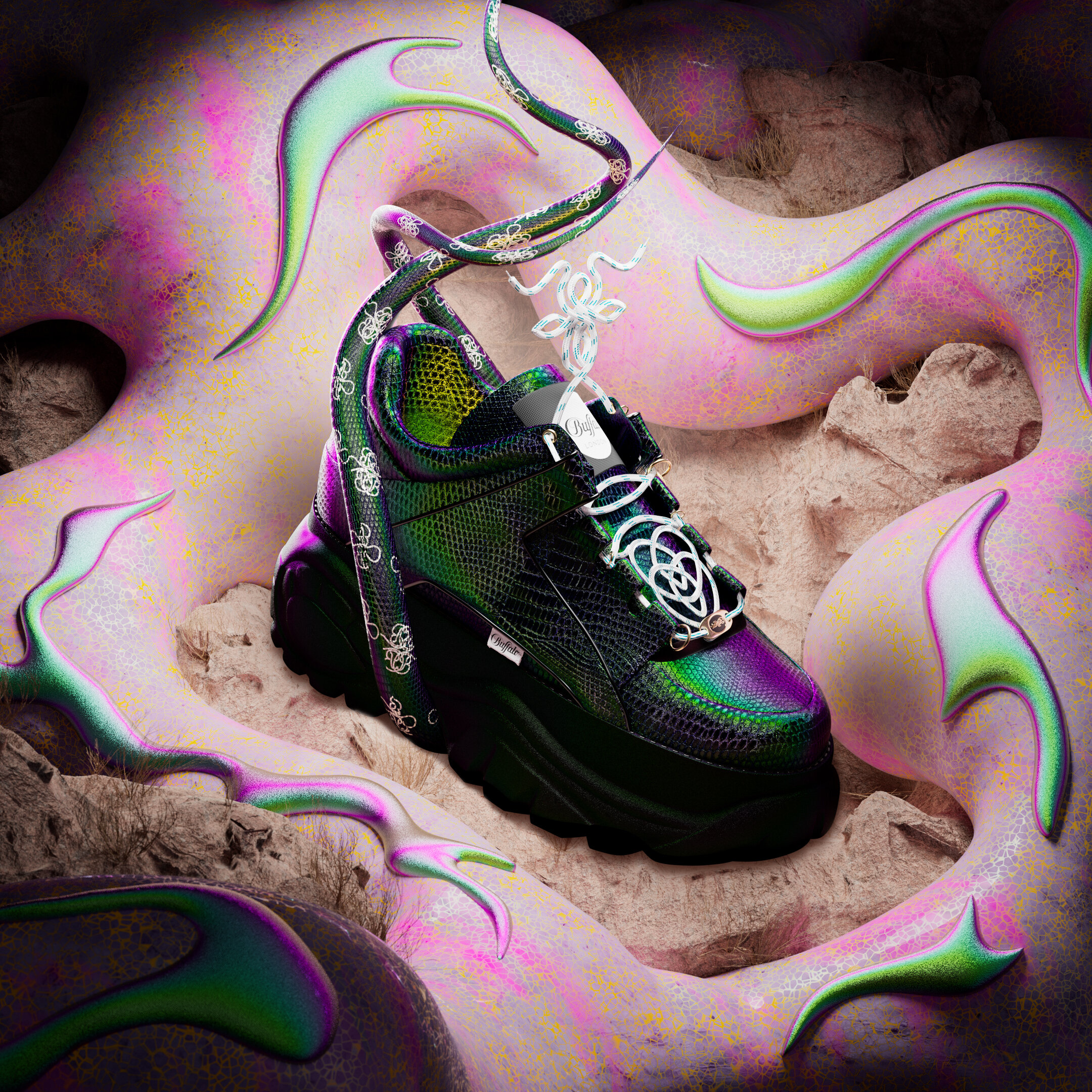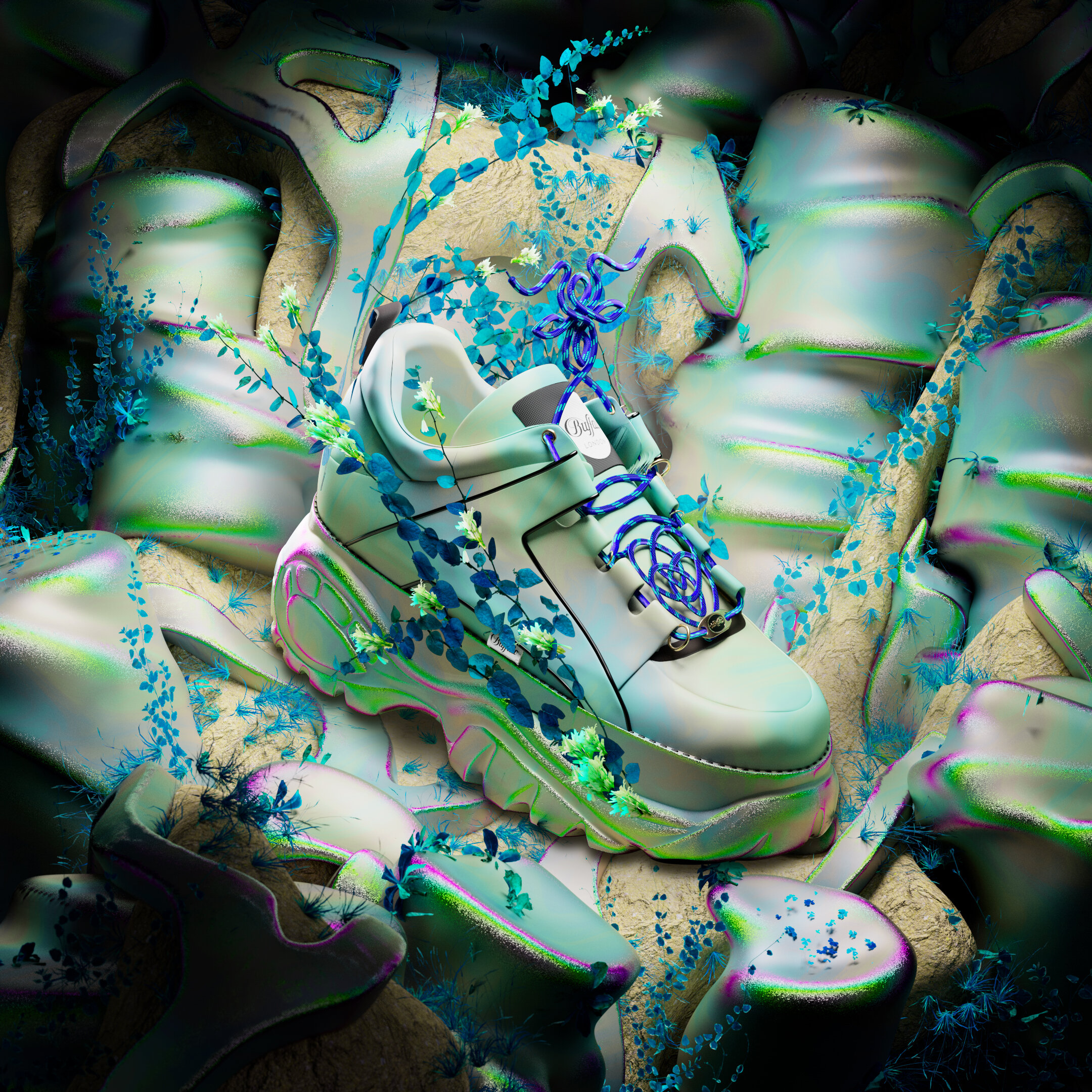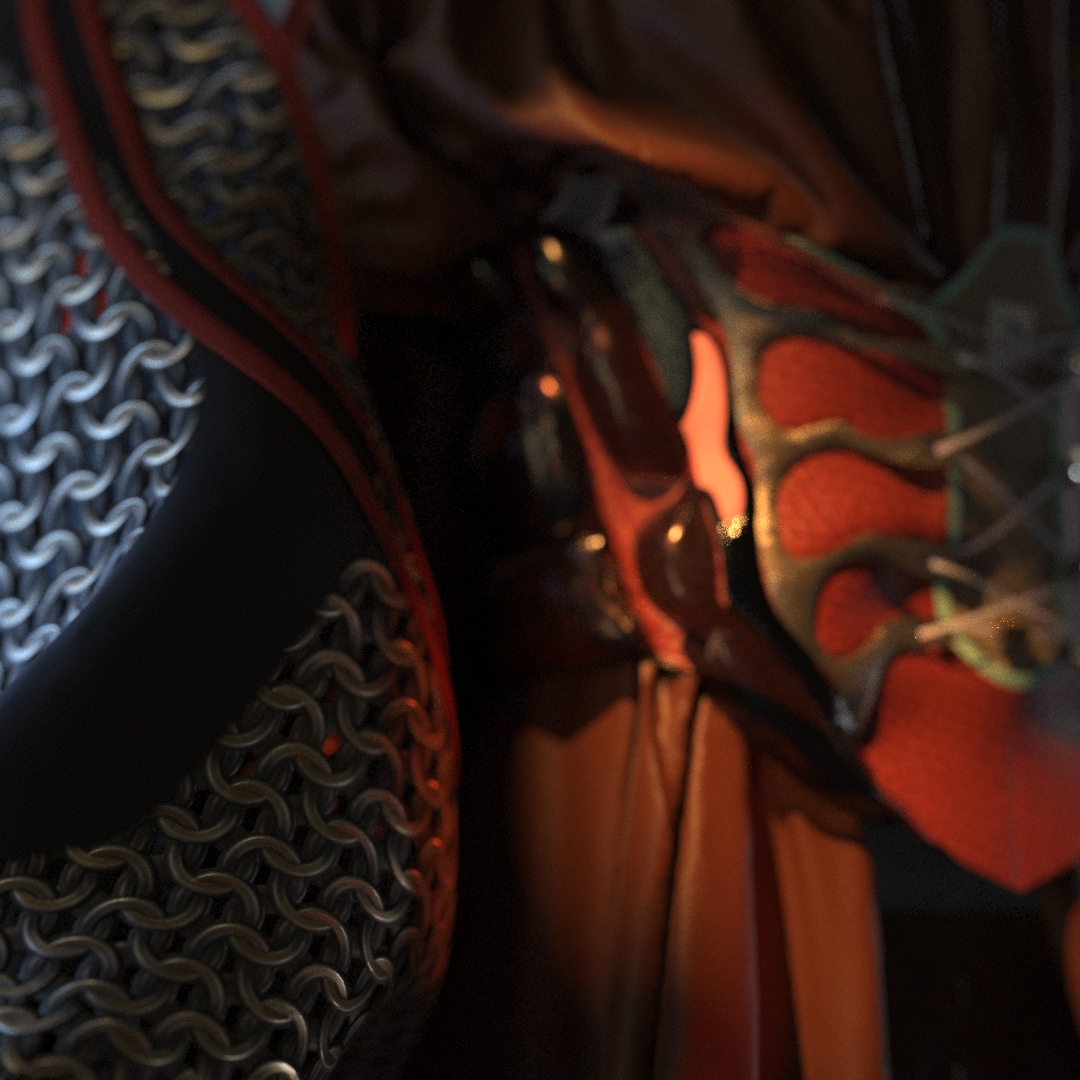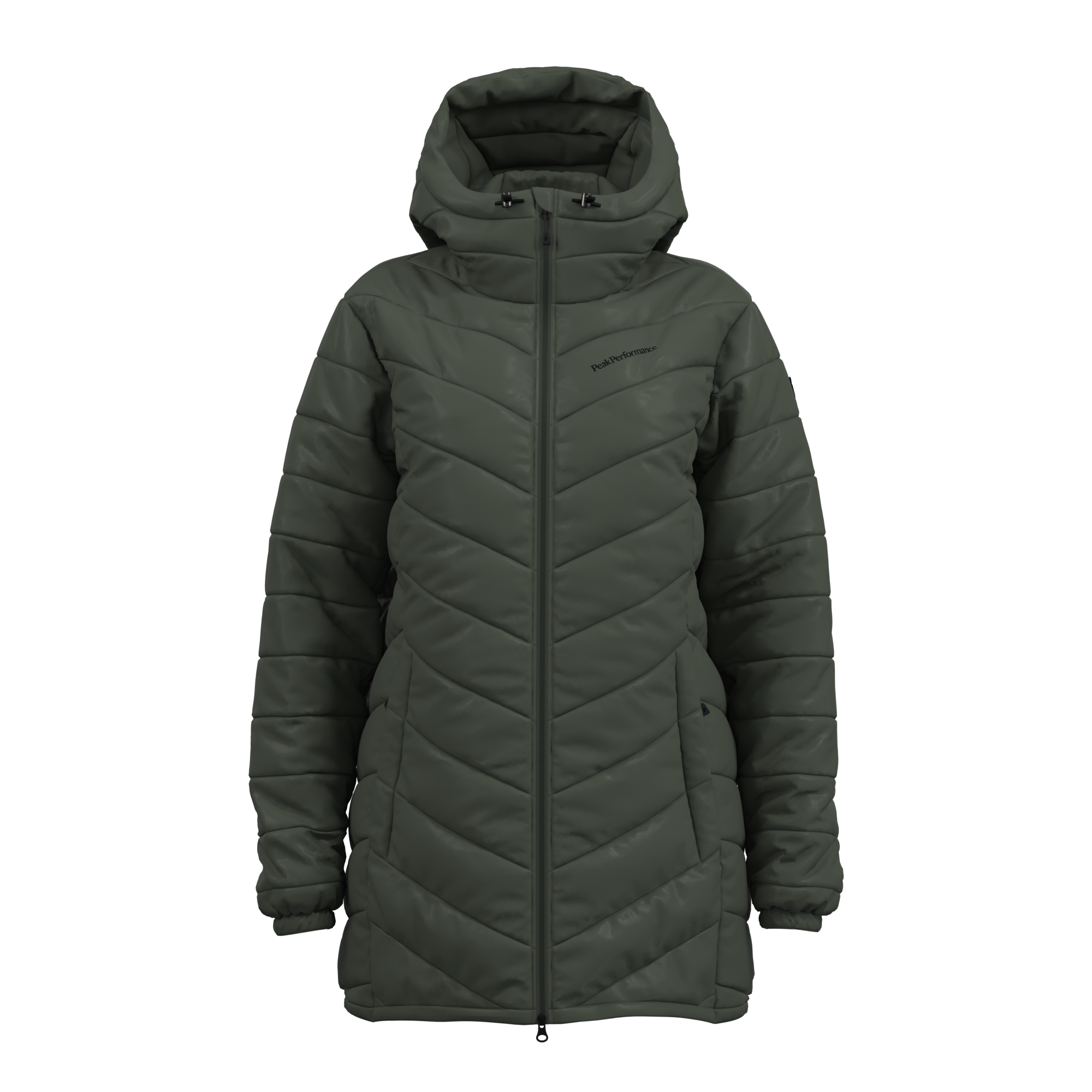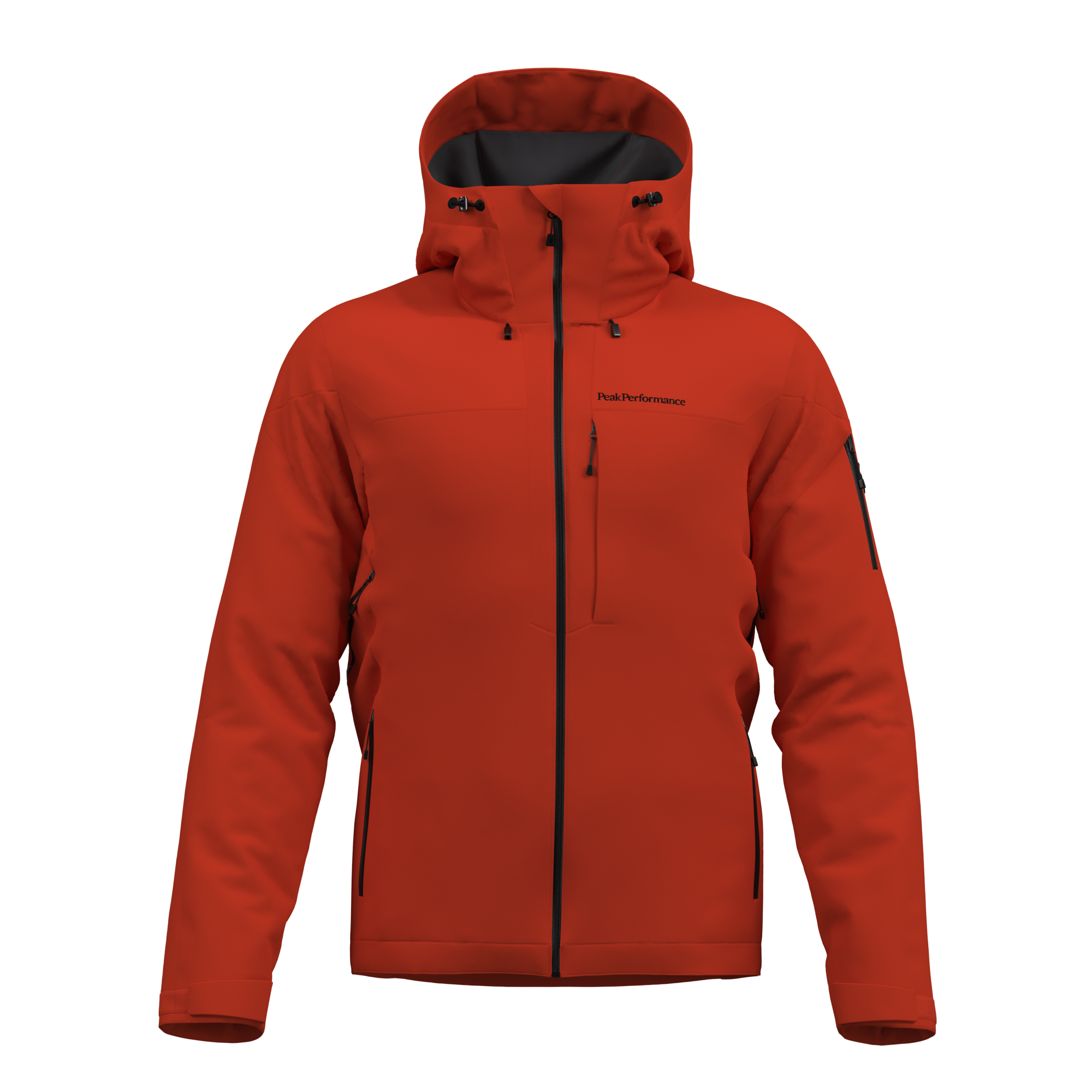THE METAVERSE YOU WANT OR THE METAVERSE YOU GET? IT'S TIME TO CHOOSE
/So, the word is out and the race is on. The metaverse is coming and everyone is sprinting to secure their slice of the virtual pie. But how to strategise for the future of everything? Is it better to acquire, collaborate, reposition, revise or restructure?
Let’s start with a truth bomb: if we want our digital world to level up, we need to recognise that an open, equitable and democratic metaverse won’t just magic itself into existence. It’s on us to make it happen, and the time to push hard is now.
Though the default mindset is tuned to working out how to extract value, for The Fabricant our instinct is always to take the road less travelled - our choice is to build, and to think in terms of how to create and escalate value.
Our newly-launched platform The Fabricant Studio is how we’re lighting the fuse of the decentralised future we want to see, by enabling anyone to create, trade and wear digital fashion NFTs in the metaverse. In collaboration with our community, we’re giving everyone the ability to curate their virtual identity one digital garment at a time. In the classic illustration that depicts humanity’s evolution from crouched ape to upright Homo Sapiens, we’re envisioning the next image in the sequence. As we free ourselves from the boundaries of physicality, what will we look like when we all become Digi Sapiens?
The Fabricant studio season 1: ‘GM Boots - starry dawn’
This is an effort that reaches far beyond the creation of beautifully rendered 3D garments. As OG pathfinders for the digital fashion movement, we’ve always searched ahead for possibilities yet to come.
The passion and creative energy we’ve poured into The Fabricant Studio signals our intention to construct an entirely new fashion economy. It’s one built on blockchain with a mission to burn down fashion’s velvet-roped power structures, giving everyone the tools to become a digital fashion designer and take ownership of collections.
In co-creating garments to build the wardrobe of the metaverse, each contributor becomes part of their NFT’s origin story, forging emotional involvement with the piece while gaining an equal split of its revenue. It’s designed to cultivate an economic feedback loop that incentivises creative participation and rewards community spirit.
The Fabricant studio season 1: ‘rising gaia bodysuit- node’
See our paper on Medium for full insight into the Studio’s tokenomics.
In the industry we’re building you do not have to live in a historic fashion centre to take part.
You do not have to go to the right school, be connected to the right people, or be born into the right family. Your wealthy aunt does not need to have a discreet word with the CEO for you to be fast-tracked within the organisation. No embossed invitations will be sent to the usual VIP list, and the endless middle men and gatekeepers will be consigned where they belong - as obsolete relics of a system no longer fit for our tech-driven age.
As we said in our manifesto, “A kid in Dakar will stand as much chance as a kid in Paris of becoming an influential fashion force”.
Yes, The Fabricant Studio is executed as a playful creation experience, but revolutions can take many forms. We’ve purposefully created a space where it’s possible for a savvy 12-year old to create a metaverse-native brand that can compete on the same terms as a heritage fashion label. This is what digital democracy looks like.
The birth of the metaverse is the Big Bang that we all get to witness, and right here right now is when we can iterate the future on our own terms. Our consistent, focused and deliberate actions will build the Web3 we want, otherwise we’ll end up with whatever we get. When we lead with our values we can create experiences that form the soul of the place we intend to inhabit. We’re doing our part, now it’s over to you.
Join The Fabricant Studio community in Discord - https://discord.gg/Epv8YG62qp








